1. Duct tape held planes together before it fixed your life
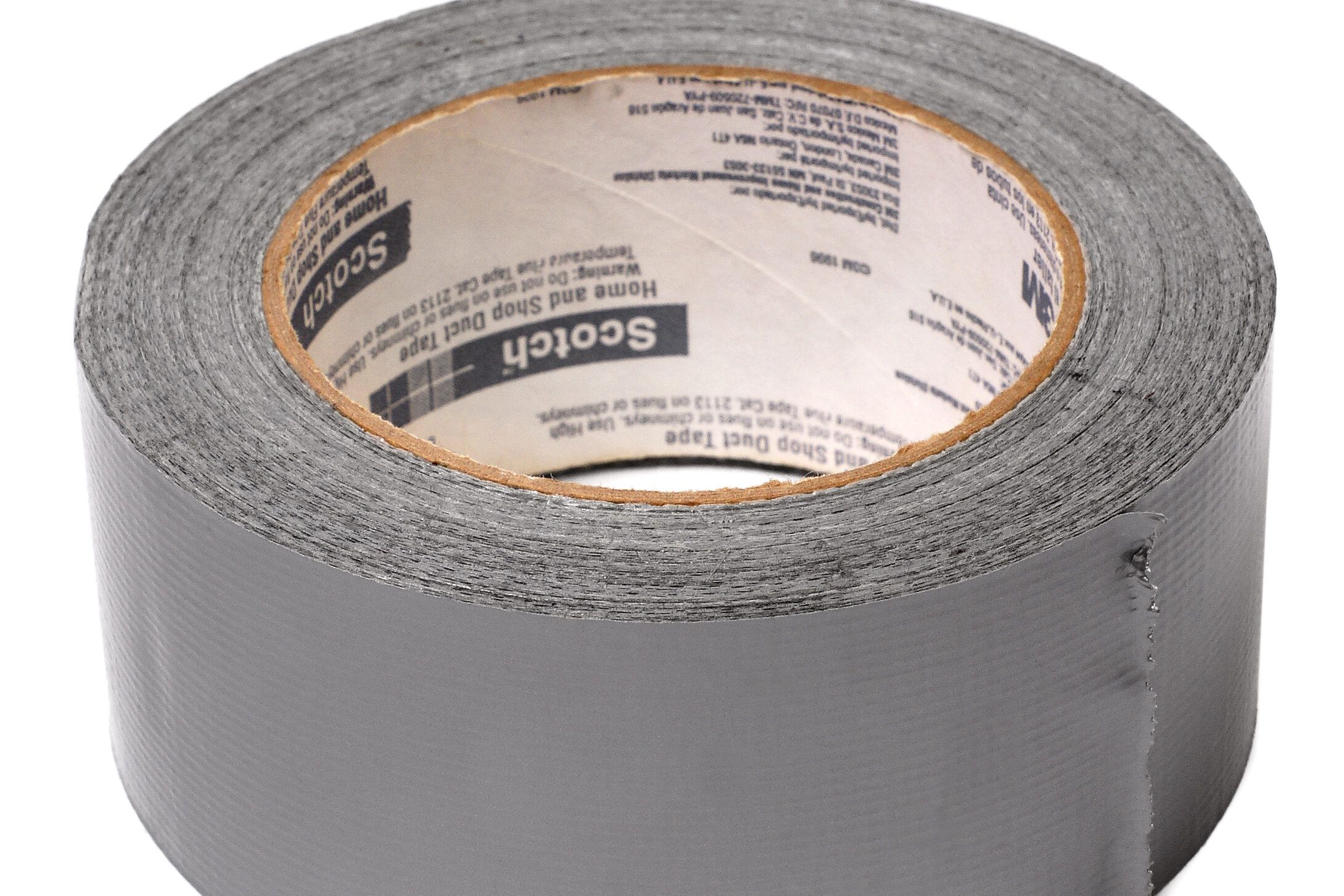
It’s amazing how some of the things that make our lives easier were born out of chaos and survival. During World War II, duct tape was created to seal ammunition boxes and patch up damaged planes and vehicles. Soldiers relied on it because it was strong, waterproof, and could fix just about anything on the spot. When the war ended, people brought it home, realizing its unmatched usefulness. What started as a battlefield essential turned into a household hero. Today, duct tape repairs, reinforces, and saves the day in countless ways, proving that even in the toughest times, human creativity always finds a way to make life simpler.
2. Microwave ovens were born from radar research

Sometimes the best discoveries happen by accident. In 1945, an engineer named Percy Spencer noticed that a chocolate bar in his pocket melted while he worked on radar systems. That curious moment led to the creation of the first microwave oven. What started as wartime radar technology quickly became a tool that revolutionized how people cooked. Within years, it was warming leftovers and making mealtime easier across homes everywhere. The microwave oven became a symbol of convenience and progress, turning a scientific mistake into one of the world’s most-used kitchen companions. From war labs to kitchen counters, it proved that innovation can start anywhere, even in a melted candy bar.
3. Velcro came from a hike and space suits
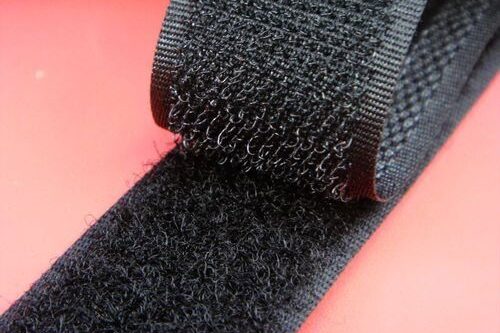
A simple walk in nature sparked one of the most practical inventions in history. Swiss engineer George de Mestral was hiking when he noticed burrs sticking stubbornly to his dog’s fur. His curiosity led him to create Velcro, mimicking the hook-and-loop design of those little burrs. Years later, NASA adopted it for space suits and cabins, where floating tools needed to stay secure in zero gravity. Once it gained that space-age reputation, Velcro became a hit on Earth too. Today, it fastens shoes, jackets, and everyday items with ease. What began as a curious moment in nature and a solution for astronauts now sticks firmly in all our lives.
4. Tang became the drink of astronauts (but not NASA’s creation)
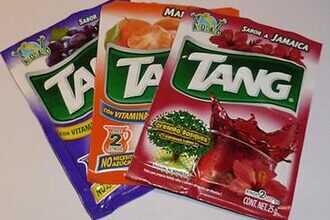
Sometimes fame finds a product in unexpected ways. Tang was launched by General Foods in 1957, but it wasn’t popular until NASA brought it aboard the Mercury and Gemini missions. Astronauts mixed the orange-flavored powder into their water to make it taste better in space. When the public saw it being used by real astronauts, Tang sales skyrocketed. Even though NASA didn’t invent it, space gave it the kind of marketing money couldn’t buy. Soon, families across the world were serving Tang at breakfast, inspired by the taste of adventure. What began as a struggling product became a household name thanks to one unforgettable trip beyond Earth.
5. Freeze-dried food kept soldiers and astronauts fed

When food had to travel light and last long, scientists found a new way to preserve it. During World War II, freeze-drying was developed to feed soldiers without adding weight or risk of spoilage. The technique removed water while keeping nutrients intact. Later, NASA used it for space missions, where every ounce mattered. Astronauts ate meals like freeze-dried ice cream and soups that came to life again with water. Decades later, the same process fuels camping trips and emergency kits. What started as a solution for survival became an innovation for convenience, proving that necessity can turn science into everyday comfort.
6. GPS was a Cold War weapon before it guided your Uber
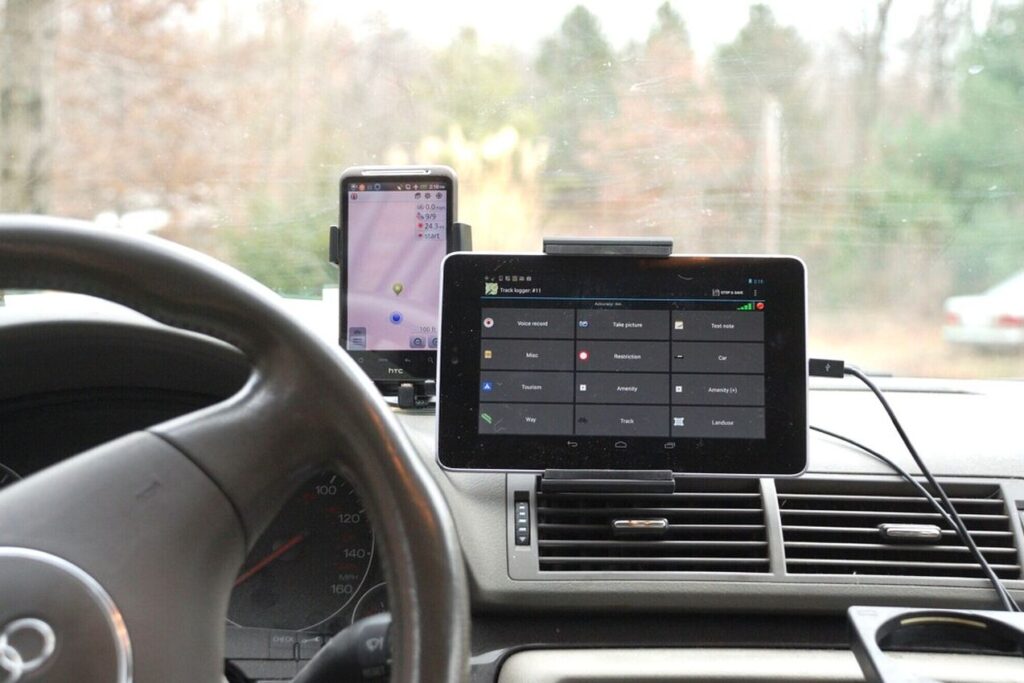
Long before it guided your Uber or helped you find a restaurant, GPS was a tightly guarded military secret. Developed during the Cold War to track submarines and missiles, it gave the U.S. military unmatched precision. Years later, it became available to civilians and quickly changed the world. Suddenly, anyone could navigate roads, track flights, or find their way in a new city. What started as a wartime tool of control became an everyday convenience. GPS is now everywhere, from your phone to airplanes, quietly connecting people, places, and progress. It’s proof that what begins with strategy can end with simplicity.
7. Super glue was an accidental war discovery
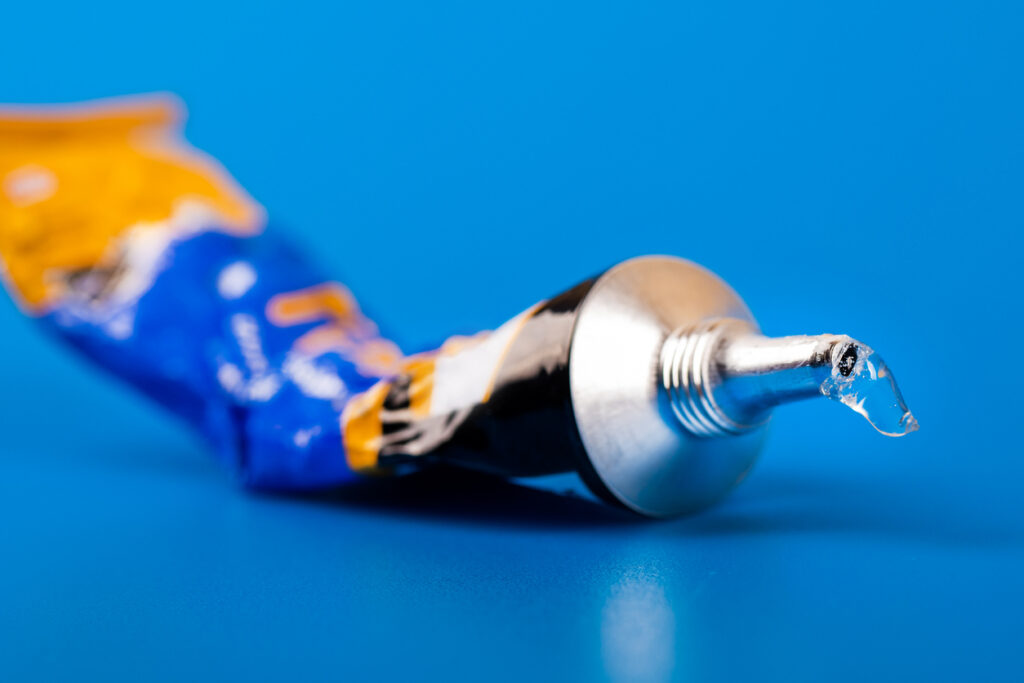
Sometimes, even mistakes stick around for good reasons. In 1942, scientists discovered a super-sticky compound while working on gun sights during World War II. It was so adhesive that it seemed impossible to use. Years later, it became the world’s strongest household glue. During the Vietnam War, medics even used it to seal wounds temporarily until surgery. Over time, it turned from a wartime accident into a miracle repair tool. Today, Super Glue is found in almost every home, fixing broken cups, frames, and memories. It’s a reminder that not every invention needs to be planned, some just happen to hold the world together.
8. Synthetic rubber kept the Allies rolling
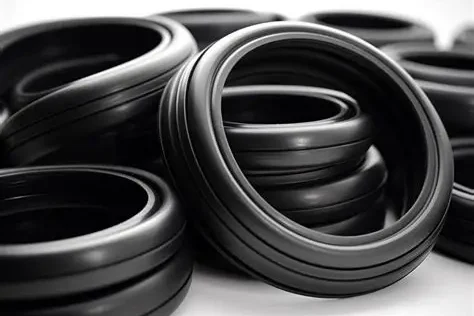
When World War II cut off access to natural rubber, the U.S. scrambled to find a replacement. Scientists developed synthetic rubber, saving industries that relied on tires, hoses, and seals. The innovation kept planes flying, jeeps driving, and factories running. After the war, synthetic rubber became essential in daily life, used in everything from sneakers to seals on jars. It proved more durable and reliable than natural rubber, setting a new standard for production worldwide. What began as a desperate wartime experiment became one of the most versatile materials of the modern era, quietly supporting everything that moves, rolls, or stretches.
9. The internet started as a military experiment
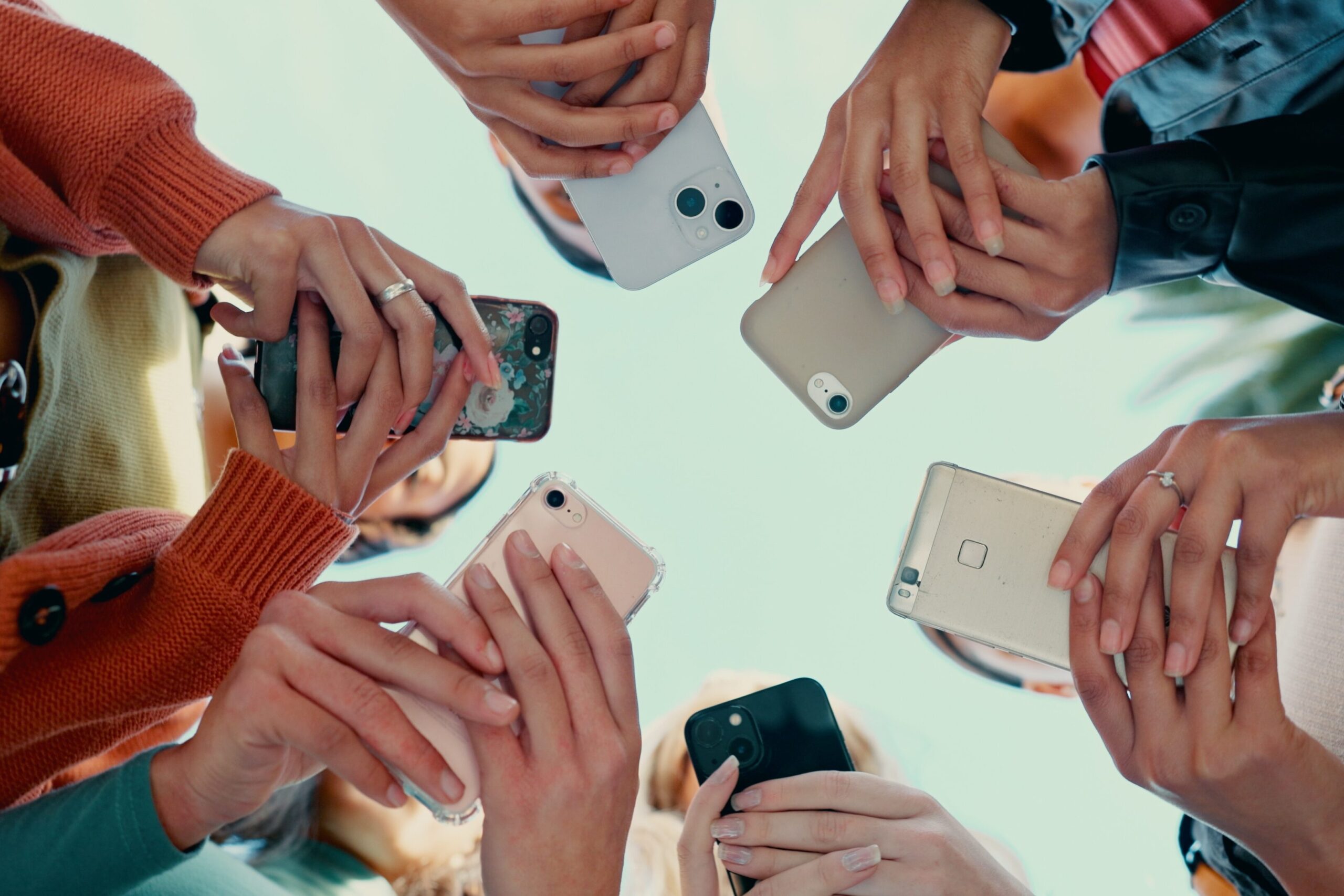
Before the days of streaming, social media, and emails, the internet had a far more serious purpose. In 1969, the U.S. Defense Department created ARPANET to ensure communication during a potential nuclear crisis. Those first few electronic messages were simple, but they laid the foundation for everything that came after. What began as a cautious military network eventually became the world’s largest digital community. The same system once meant to keep governments connected now connects families, businesses, and friends everywhere. It’s incredible to think that a tool born from defense became the heart of global connection and everyday life.
10. Disposable tissues began as gas mask filters

During World War I, a company called Kimberly-Clark developed a special material for gas mask filters to protect soldiers. When the war ended, the same material was repurposed into soft disposable tissues known as Kleenex. At first, it was marketed for makeup removal, but people quickly began using it as a substitute for handkerchiefs. Soon, it became an essential part of hygiene and comfort in homes worldwide. What started as battlefield protection turned into a household necessity. Every time you reach for a tissue, you’re holding a quiet piece of history shaped by war but softened by everyday life.
11. Canned food came from Napoleon’s army

Necessity pushed people to think differently, even centuries ago. In 1795, Napoleon Bonaparte offered a reward to anyone who could find a way to preserve food for his soldiers. A French chef named Nicolas Appert figured it out by sealing cooked food in glass jars with cork and wax. Later, the idea evolved into the tin can, revolutionizing how armies and civilians stored meals. What started as a military need became a kitchen staple. Today, canned beans, soups, and vegetables fill our cupboards, offering convenience and long shelf life. From the battlefield to the grocery aisle, this invention proves that hunger for innovation can literally feed the world.
12. Penicillin saved soldiers before patients
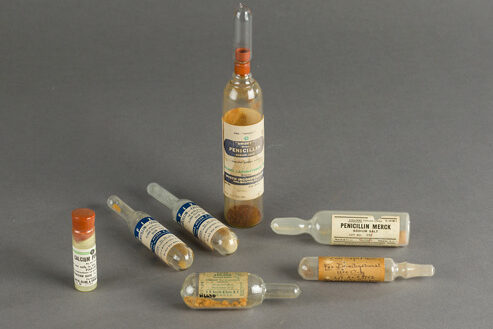
Sometimes timing changes everything. Though Alexander Fleming discovered penicillin in 1928, it wasn’t widely available until World War II, when it became a lifesaver for wounded soldiers. Factories worked around the clock to mass-produce the drug, reducing deaths from infection dramatically. After the war, penicillin became available to civilians and ushered in the antibiotic age. It changed medicine forever, making once-deadly diseases treatable. What started as a scientific curiosity became a global healer. Every dose given today echoes the first efforts to protect soldiers on the front lines, proving that life-saving ideas often emerge when humanity faces its darkest challenges.
13. Aviator sunglasses were born to protect pilots
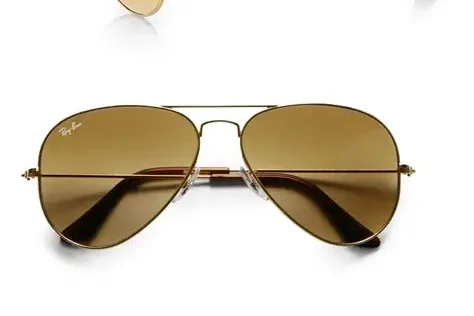
The sleek style of aviator sunglasses began with pure practicality. In the 1930s, Bausch & Lomb designed them for U.S. military pilots to protect their eyes from the bright glare at high altitudes. The teardrop shape gave wide coverage, and the green-tinted lenses reduced strain. When the war ended, civilians quickly adopted them, and soon they became a fashion statement. Over time, aviators appeared in movies, music, and streetwear, blending toughness with style. What started as essential pilot gear became a timeless accessory. Today, aviators still carry that same sense of confidence, reminding us that utility can evolve into effortless cool.
14. Zippers zipped into everyday life via the military
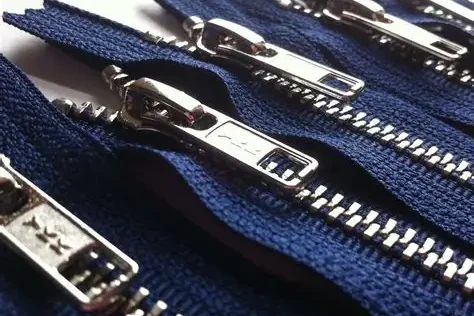
Zippers existed before the wars, but it took the military to make them popular. During World War I, soldiers needed quick and reliable fastenings for uniforms and boots, and the zipper provided exactly that. Its ease and strength made it indispensable. After the wars, civilians discovered its convenience, and soon it appeared in jackets, jeans, and bags. What began as a practical solution for speed and efficiency turned into a design essential for fashion and utility alike. Today, every zip you pull connects back to those early military days, a small but enduring symbol of simplicity born from necessity.
15. Radar gave birth to weather forecasting and speed traps
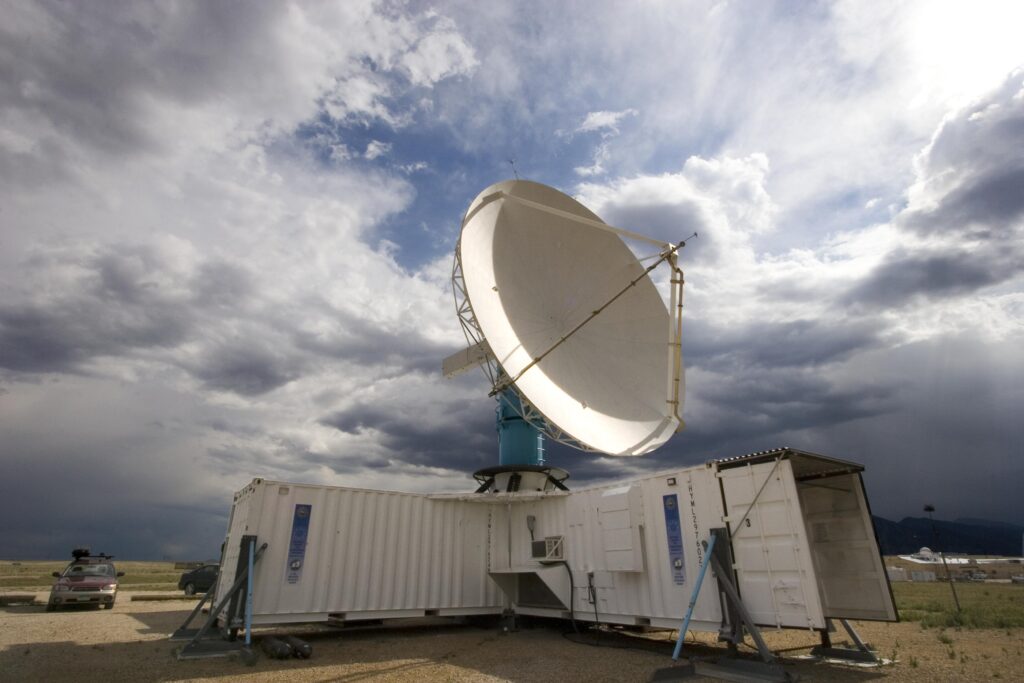
Radar was originally perfected during World War II to detect enemy aircraft. Once peace returned, scientists realized it could also track storms. That discovery changed everything, giving birth to modern weather forecasting. Later, radar technology found its way into police speed detectors, helping to enforce road safety. What started as a tool for survival became a guide for everyday life. From tracking thunderstorms to keeping highways safe, radar reminds us that innovation doesn’t stop at war—it adapts and finds purpose in calm. Every time we check the weather, we unknowingly rely on the echoes of military ingenuity.
16. Jeep: the war machine turned family car

Built during World War II as a rugged military vehicle, the Jeep quickly proved itself indispensable in the toughest terrains. Soldiers loved its reliability and flexibility, and after the war, it found a new purpose. Surplus Jeeps were sold to civilians, becoming symbols of freedom and adventure. Farmers, travelers, and families embraced its strength and simplicity. Over time, the Jeep inspired the rise of SUVs and off-road culture. What started as a combat companion became a lifestyle vehicle. Its spirit still lives on in every model, reminding us that some of the strongest machines were designed to bring people home.
17. Drones flew for reconnaissance before deliveries
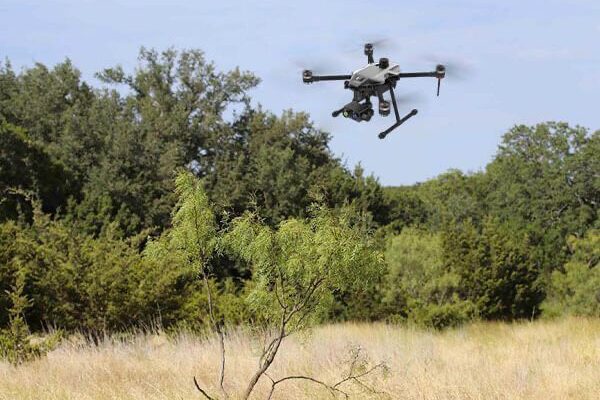
Before they filmed weddings or delivered packages, drones served as eyes in the sky. Originally developed for military reconnaissance, they helped gather intelligence safely from above. Over the decades, the technology evolved, shrinking in size while growing in precision. Eventually, drones entered civilian life, used in photography, agriculture, and entertainment. What began as a silent observer on the battlefield now helps farmers monitor crops and creators capture breathtaking views. Drones remind us how inventions can change purpose without losing their brilliance, proving that even technology born for war can learn to see the world differently.
18. Nylon replaced silk lost to war

When World War II cut off silk imports from Asia, scientists raced to find an alternative for parachutes and uniforms. The answer came in the form of nylon, a synthetic fabric that was strong, lightweight, and easy to produce. It soon became essential to the war effort, and after peace returned, it transformed fashion. Nylon stockings became wildly popular, symbolizing glamour and progress. What began as a wartime necessity became a wardrobe staple. From military ropes to women’s wear, nylon reshaped industries and comfort alike, weaving its way from factory floors to fashion runways with effortless adaptability.
19. Insulin pens came from battlefield injectors
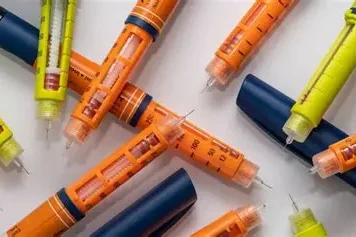
In wartime, soldiers needed quick access to morphine for pain relief. Engineers created compact injectors that could deliver medicine instantly in the heat of battle. Decades later, this same design inspired insulin pens for diabetics, allowing them to take doses safely and conveniently. It was a small change that made a huge difference in daily lives. What started as a survival tool became a medical breakthrough. Today, millions rely on insulin pens for independence and control, unaware that their design originated on the battlefield. It’s one of those moments where necessity in chaos led to comfort in calm.
20. Portable water filters protected soldiers first
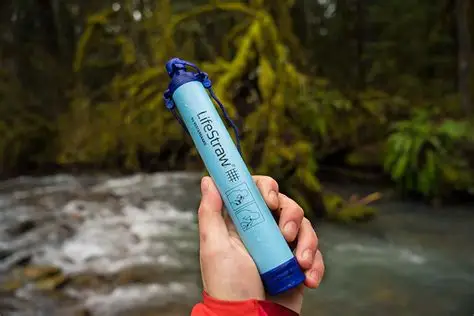
Clean water can decide survival in war. During World War II, engineers developed portable filtration systems so soldiers could safely drink from rivers and ponds in remote areas. The technology was compact and reliable, saving countless lives. After the war, that same idea evolved into the camping and household filters we use today. Hikers, travelers, and families all benefit from what started as a wartime innovation. Every sip from a filtered bottle or purifier carries a quiet legacy of resilience. What once served survival now serves convenience, showing how even the harshest needs can lead to lasting good.
21. Jerrycans were WWII fuel lifelines

In World War II, transporting fuel safely and efficiently was crucial. The Germans developed the Jerrycan, a tough, stackable metal container that could carry liquids without leaking or bursting. The design was so good that the Allies quickly adopted it. Its strength and practicality made it one of the war’s unsung heroes. Long after the fighting ended, its influence lived on. Modern fuel and water containers still borrow from the Jerrycan’s design, proving that good engineering never goes out of style. What began as a military necessity became a timeless model of durability and usefulness.
22. Ballpoint pens were perfected for pilots
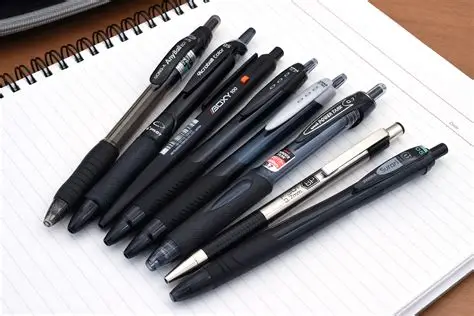
Fountain pens were elegant but impractical for high-altitude flight. During World War II, pilots needed something that could write without leaking or freezing. The ballpoint pen solved that problem with quick-drying ink and a sealed tip. It was reliable, easy to use, and perfect for harsh conditions. After the war, it reached the public and quickly replaced fountain pens in offices and schools. What began as a pilot’s tool became a writer’s everyday companion. Today, millions of ballpoint pens fill pockets and desks, turning the sky’s solution into the standard for daily expression.
23. Memory foam was made for astronauts
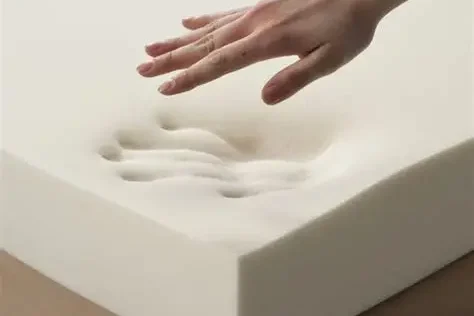
In the 1960s, NASA scientists created memory foam to protect astronauts during takeoff and landing. The material absorbed impact and conformed perfectly to body shapes, improving comfort and safety. Once its potential was realized, it made its way into mattresses, pillows, and shoes. Memory foam soon became a symbol of rest and luxury, far beyond its original purpose. What started in rocket science ended in bedrooms worldwide. Each time someone sinks into a memory foam mattress, they’re feeling the softness of space-age invention, born from the pursuit of safety and transformed into the comfort of home.
24. Digital photography got its start in spy satellites
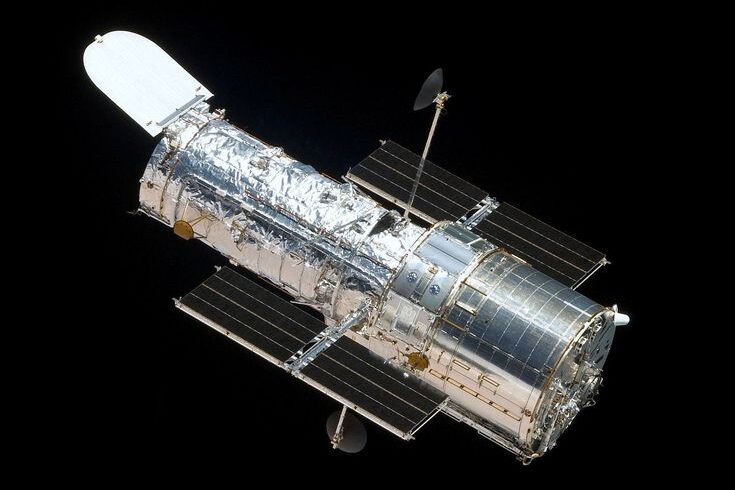
Long before selfies and smartphone cameras, digital imaging began in the shadows of the Cold War. Scientists developed technology for spy satellites to capture and transmit detailed photos from orbit. The innovation allowed nations to monitor each other without setting foot on enemy soil. Decades later, that same idea evolved into digital cameras and phone lenses. What started as a secret mission became an art form. Today, photography captures memories, not intelligence, but the roots remain the same, a mix of curiosity, precision, and vision that turned surveillance into self-expression.
25. WD-40 protected rockets before it fixed squeaky doors
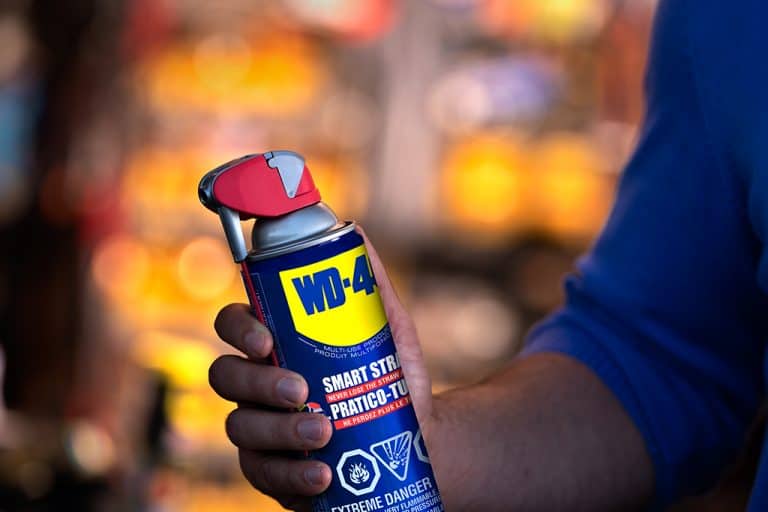
In 1953, chemists created WD-40 to prevent rust and corrosion on Atlas rockets. The formula worked so well that it quickly found a new life outside the lab. Engineers began using it for tools, hinges, and machinery, and soon it became a household staple. The name stands for “Water Displacement, 40th Formula,” a reminder of how persistence pays off. What started in rocket maintenance now keeps homes, cars, and bikes running smoothly. From space to the garage, WD-40 proves that innovation often takes the most surprising journeys. It’s a simple spray that still carries the spark of invention.
This story 25 Everyday Things That Came from War or Space Travel was first published on Daily FETCH


